Frequency range: 26.5- 28MHz SWR: ≤1.2:1 Max. power: 35W continuous 250W Short time Bandwidth at S.W.R. 2:1: 1900KHz Impedance: 50ohm Whip length: 1200mm Adjustment: 0~90° Cable Length: RG58/157" Po...
See DetailsIs a Portable CB Antenna Effective Off-Road?
For off-road enthusiasts, reliable communication is not a luxury—it is a critical safety and logistical necessity. In remote areas where cell service is nonexistent, Citizens Band (CB) radio remains a trusted and universally adopted tool. A common question among drivers is whether a portable CB antenna can provide the performance required for serious trail use. The effectiveness of such an antenna depends on understanding several key technical and practical factors.
The Role of the CB Antenna in Off-Road Communication
The CB antenna is the most critical component of any mobile radio setup. It is responsible for transmitting and receiving radio frequency signals. Its efficiency directly determines communication range and clarity. Off-road, this translates to the ability to maintain contact with a convoy, call for assistance, or receive trail updates from spotters ahead. A poorly performing antenna renders even the most powerful radio ineffective.
Key Factors Determining Portable CB Antenna Effectiveness
Portable or quick-disconnect CB antennas are designed for convenience, allowing for easy removal to prevent theft or damage when parked. Their effectiveness off-road is judged by several criteria:
-
Radiation Efficiency and Ground Plane: A CB antenna requires a ground plane—a conductive surface that acts as a reflector for radio waves—to function correctly. A vehicle's metal body typically provides this. Portable antennas are often mounted on brackets or swing-down hinges. If these mounts are not properly bonded to the vehicle's chassis with a low-resistance electrical connection, performance will be severely degraded. Studies and practical testing indicate that a poor ground connection is the leading cause of failure in portable setups.
-
Height and Wavelength: CB radio operates on a wavelength of approximately 11 meters. The ideal antenna length is a quarter of this wavelength, or about 102 inches (8.5 feet). Many portable solutions are shorter, compromised designs that use coils to electrically "lengthen" the antenna. While convenient, this coil represents a point of energy loss. Taller, full-length antennas generally outperform shorter, loaded ones in terms of pure radiating efficiency and bandwidth.
-
Bandwidth and Standing Wave Ratio (SWR): An effective antenna must be tuned to the specific CB frequency (27 MHz). This is measured by the Standing Wave Ratio (SWR), a ratio of transmitted to reflected power. An SWR below 2.0 is generally acceptable, with 1.5 being ideal. A portable CB antenna must be tuned after installation. Its ability to maintain a low SWR across multiple channels—a property known as bandwidth—is crucial. A narrow bandwidth can mean the antenna is only perfectly tuned on one channel, with performance dropping off on others.
-
Durability and Environmental Factors: Off-road conditions are punishing. A portable antenna must withstand constant vibration, impacts from low-hanging branches, and extreme weather. A design that is easily dislodged, broken, or whose internal components fail under stress is ineffective, regardless of its theoretical performance.
Best Practices for Maximizing Portable Antenna Performance
To ensure a portable CB antenna is effective off-road, adherence to these technical guidelines is essential:
-
Prioritize a Solid Mount and Ground: The mounting location must be on a substantial metal part of the vehicle. The connection must be clean, tight, and free of paint or rust. Installing a dedicated ground strap from the mount to the vehicle's chassis is highly recommended.
-
Tune the Antenna: Never assume a new antenna is pre-tuned. Use a quality SWR meter to check and adjust the antenna's length for the lowest possible SWR on channel 20 (the center of the CB band). This should be done with the vehicle in an open area, away from other objects.
-
Choose the Longest Practical Antenna: Where possible, select the tallest antenna that your vehicle and trail conditions can accommodate. The increased height will improve the antenna's radiation efficiency and provide a broader operational bandwidth.
-
Secure and Protect: Ensure the quick-disconnect mechanism is robust. When disconnected for storage, secure the antenna to prevent it from becoming a projectile inside the vehicle.
A portable CB antenna can be effective off-road, but its performance is contingent on correct installation, tuning, and a high-quality design. It represents a compromise where convenience is balanced against the peak performance of a permanent, full-length installation. For the off-roader who requires the removability feature, investing the time to ensure a proper electrical ground and precise SWR tuning is non-negotiable. When these steps are followed, a portable CB antenna becomes a highly reliable and effective tool for maintaining critical communication in remote environments.

 English
English Español
Español
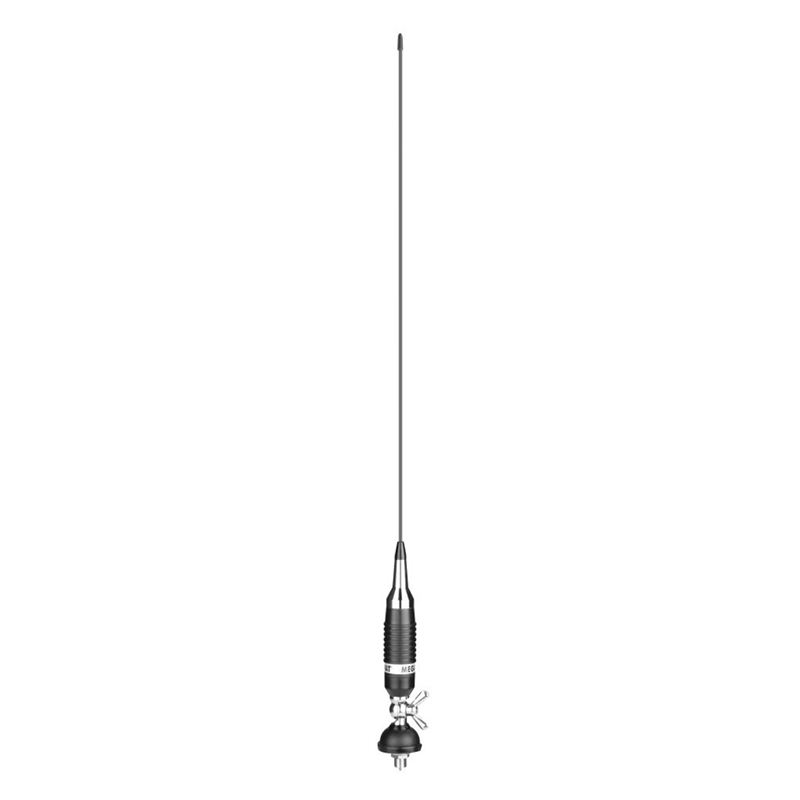
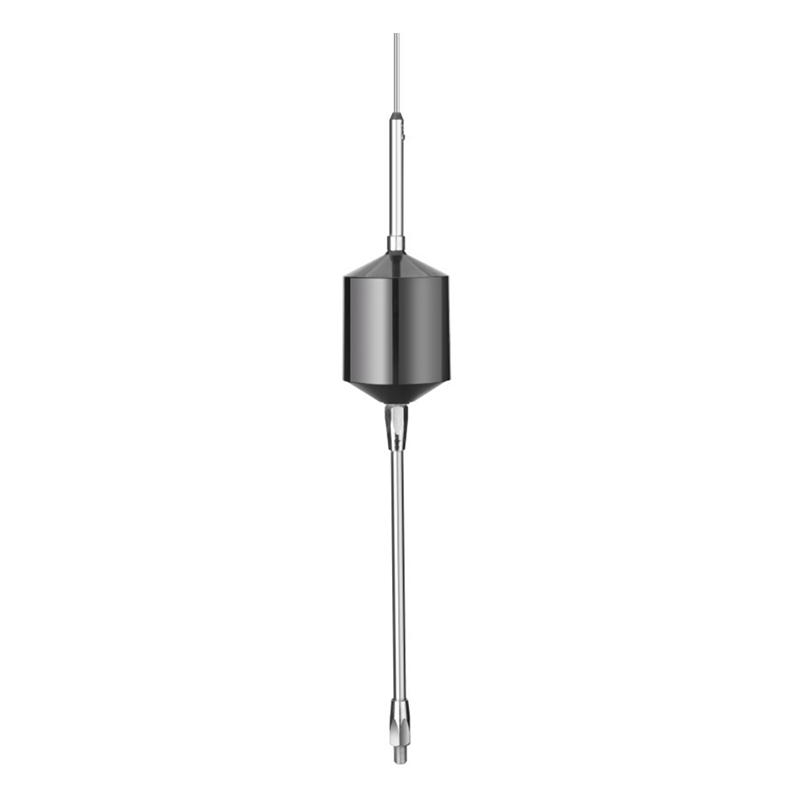
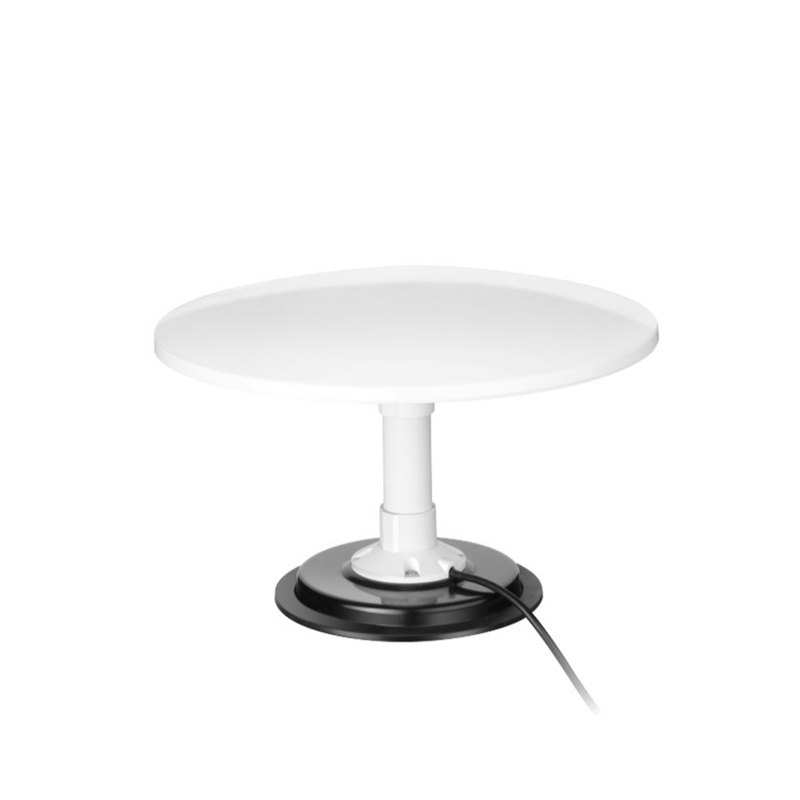
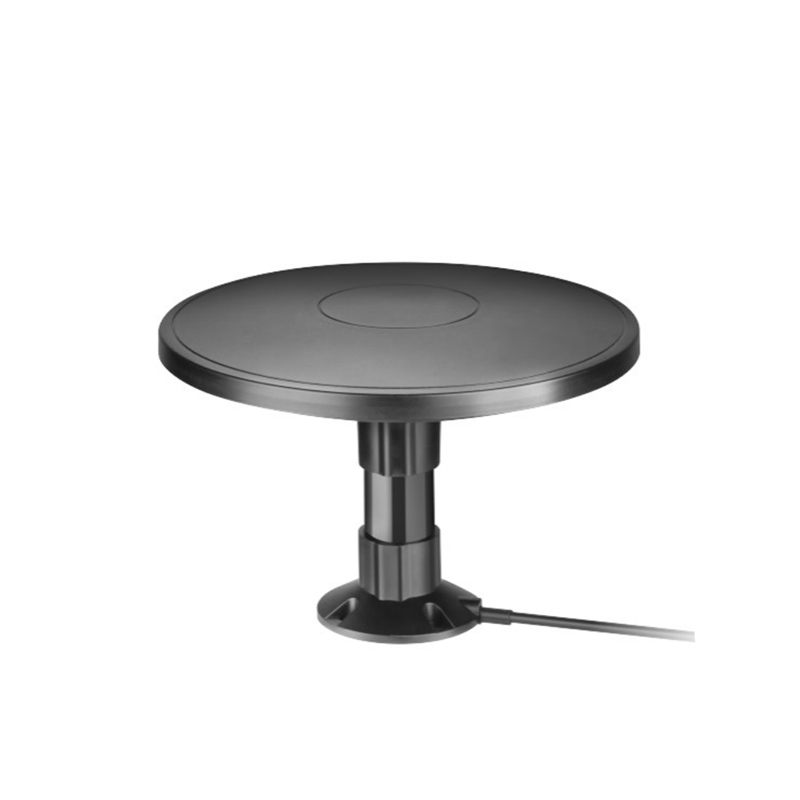

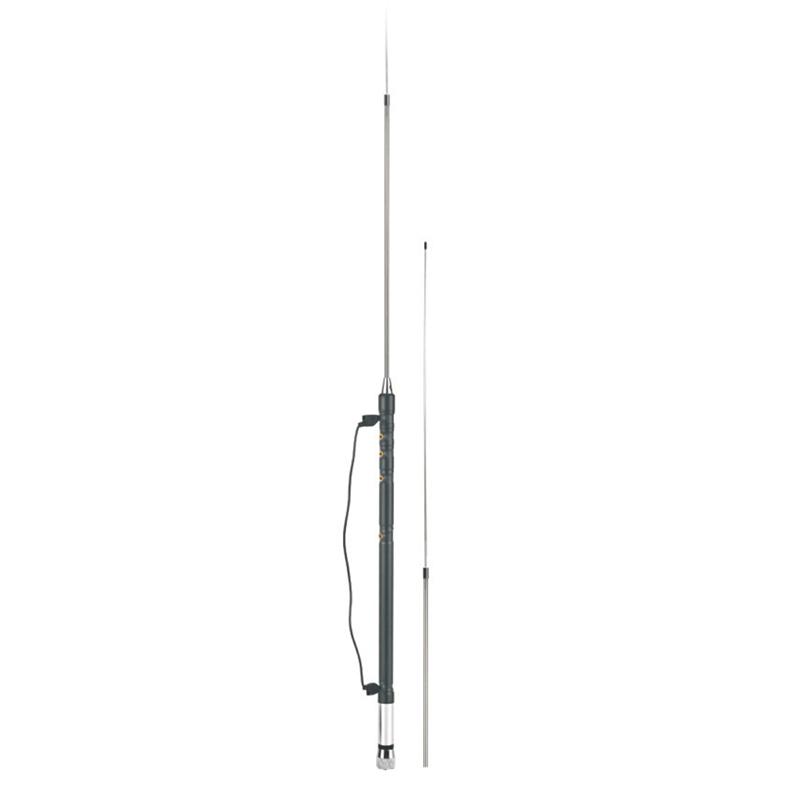
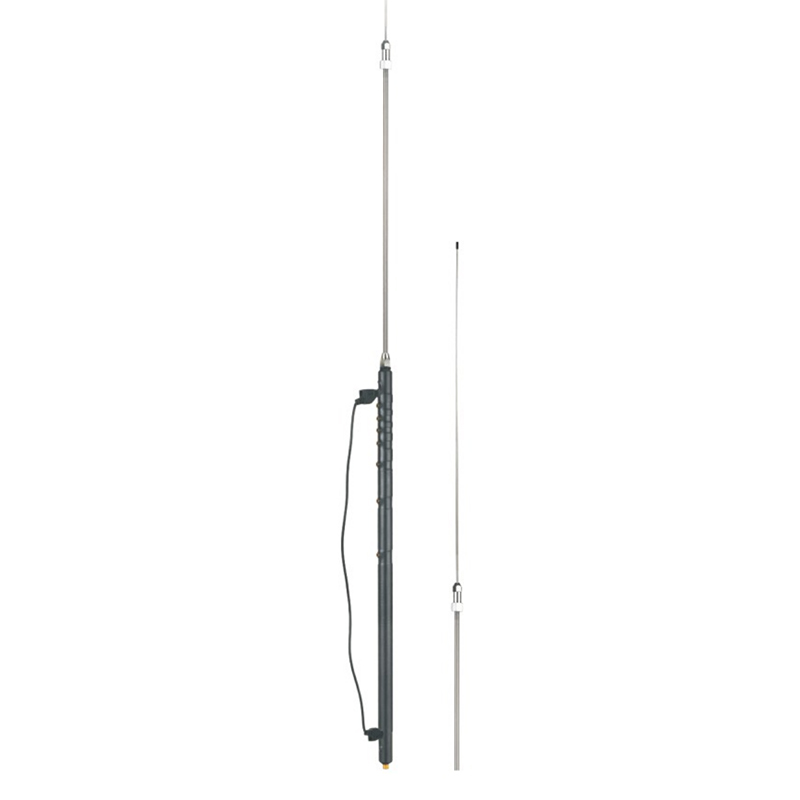
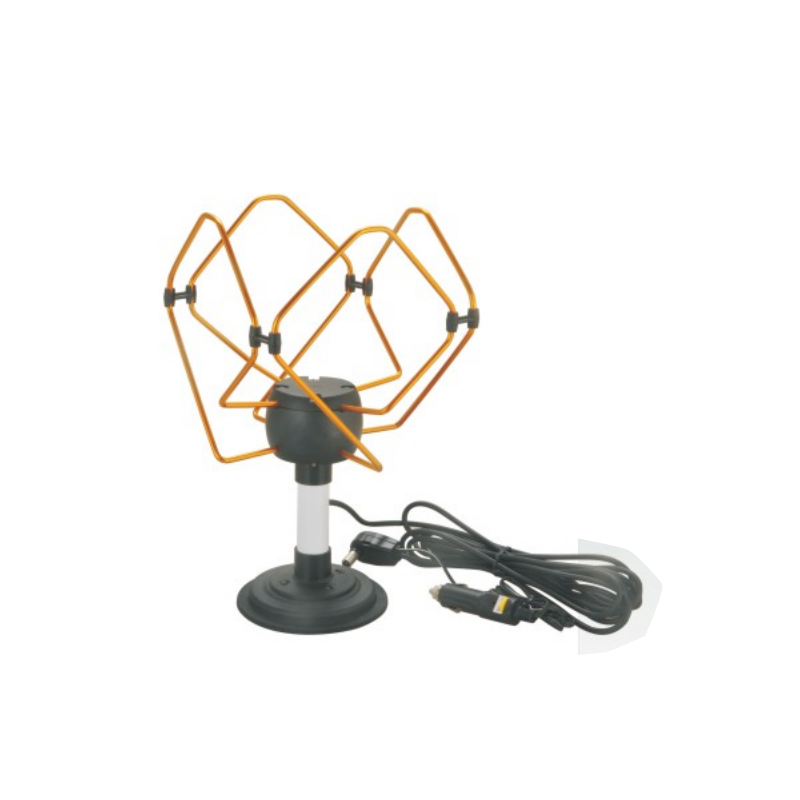

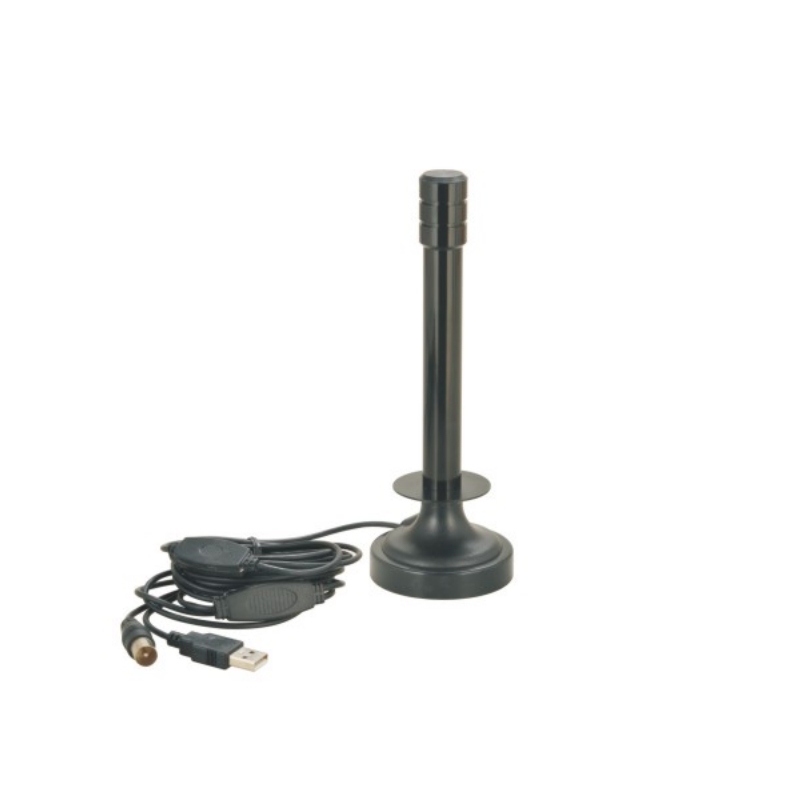
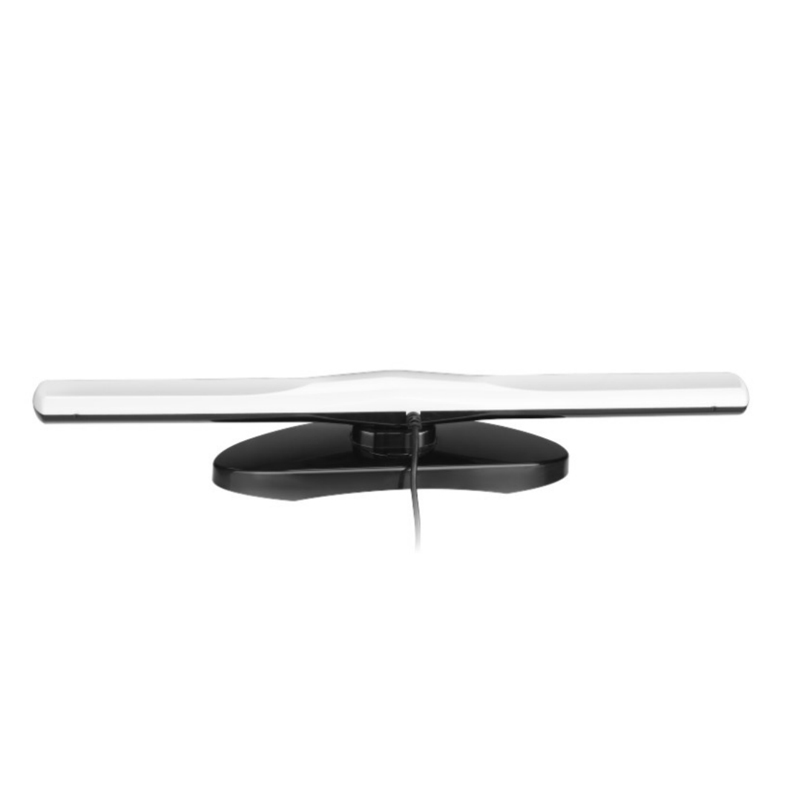
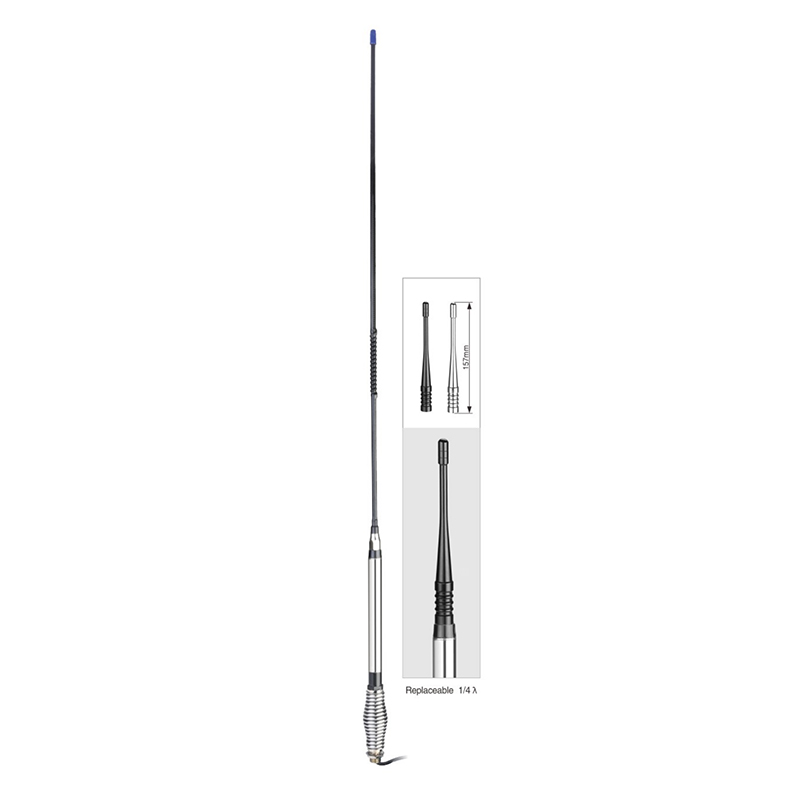

Contact Us